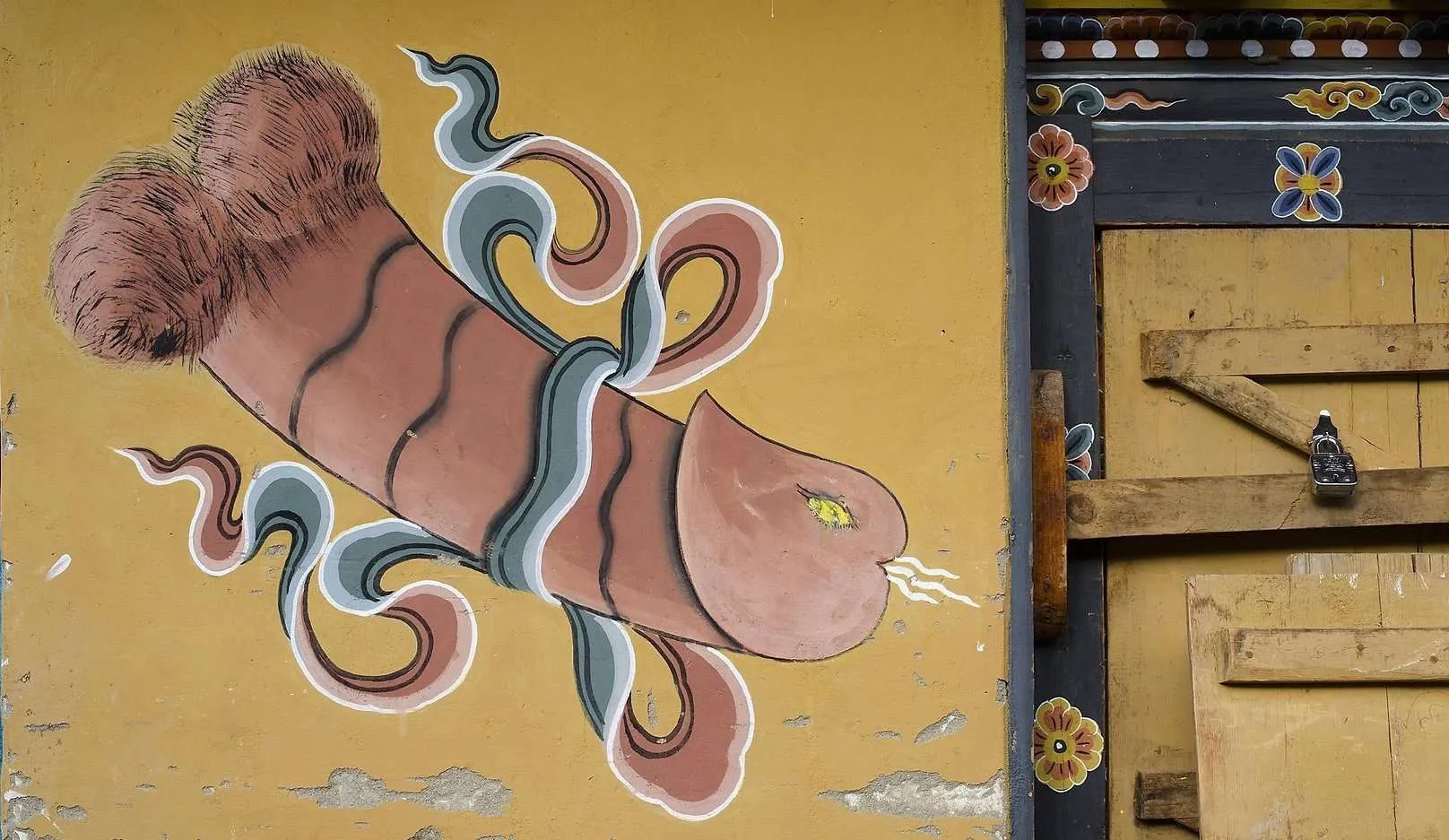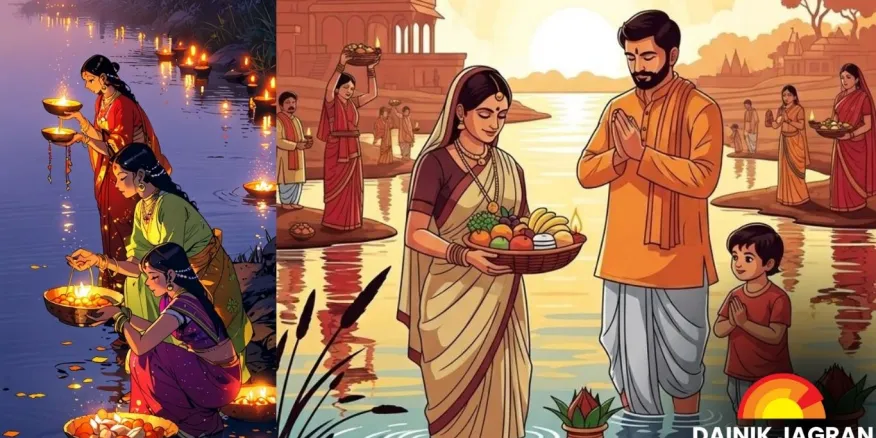Now Reading: Bhutan’s Phallus Art: The Sacred Symbol Hidden in Plain Sight
-
01
Bhutan’s Phallus Art: The Sacred Symbol Hidden in Plain Sight
Bhutan’s Phallus Art: The Sacred Symbol Hidden in Plain Sight

In Bhutan, brightly painted phalluses on walls, doors, and shop fronts often surprise first-time visitors. But for locals, these bold symbols are not awkward or obscene—they are centuries-old protectors of homes, fields, and families. Rooted deeply in Bhutanese spirituality, this unique form of art carries a meaning that blends faith, fertility, and folklore in ways outsiders rarely understand.
Phallus imagery in Bhutan traces back to the teachings of Drukpa Kunley, a 15th-century Buddhist monk known as the “Divine Madman.” Unlike other monks, he used humor, irreverence, and unconventional methods to spread wisdom. His playful yet profound approach made the phallus not just a sign of fertility, but also a talisman to ward off evil spirits and negative energy. Today, the tradition remains alive in both urban and rural Bhutan.
For Bhutanese families, painting or carving a phallus outside their home is a spiritual safeguard. It’s believed to protect against gossip, jealousy, and bad luck. Farmers also see it as a blessing for their crops, ensuring good harvests and prosperity. This is why phallus art is found in homes, fields, and even government buildings without embarrassment.
While the sight might feel provocative to outsiders, Bhutan’s phallus art is far from vulgar. It is an open expression of faith, tied to Buddhist values of compassion and protection. The fact that it’s displayed so openly reflects the country’s comfort with its cultural roots and its belief that sacred symbols need not be hidden away.
Bhutan’s approach shows that context changes meaning. What might seem taboo elsewhere becomes a source of pride and spiritual strength here. In this way, the painted phallus is more than just art—it’s a reminder that tradition can be both playful and deeply sacred at the same time.

























